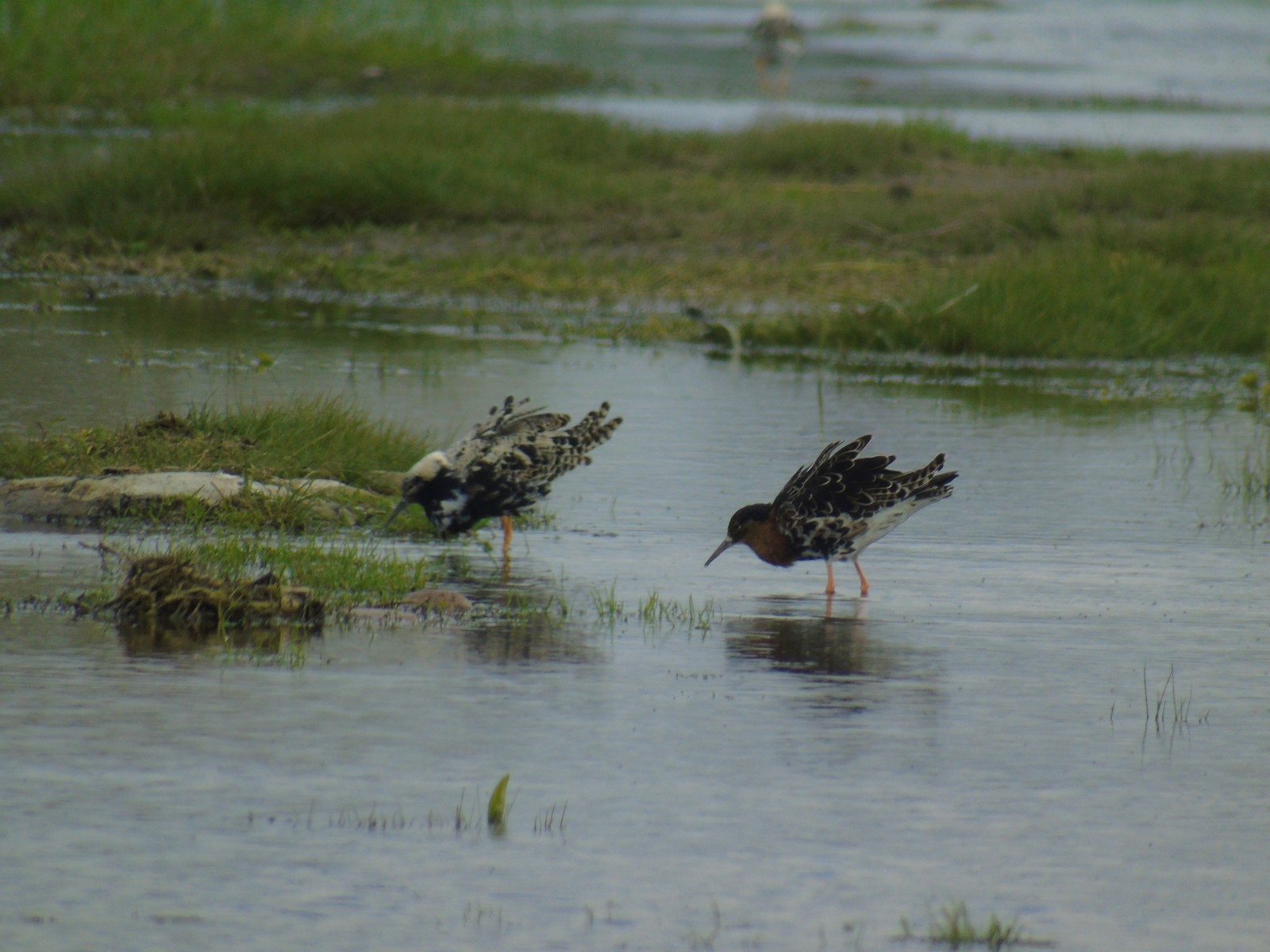Description
Słudwia Valley (Złaków Kościelny) is an unique place at nearly any time of the year. It is a polish agricultural landscape with wet meadows and thousands of birds (however, birding might be harder there if it's dry season).
Spring is the best time to visit Słudwia Valley. In early spring, thousands of migrating geese and ducks come there, along with flocks of European Golden Plover and Common Crane. During this impressive migration, there is a quite high chance to spot rare species of geese. On empty fields, you can find hidden Grey Partridge. Later in spring, Greylag Goose and some ducks species stay to breed, and many Charadriiformes appear on meadows: Ruff (sometimes in large flocks), Black-tailed Godwit, Northern Lapwing, Common Snipe, Common Redshank, to name a few. You can also watch birds typical for agricultural landscape (e.g. White Stork, Montagu's Harrier, Eurasian Hoopoe, Whinchat) and reeds ( Great Bittern). In summer, there is a possibility to see some birds of prey. In autumn, geese, ducks, Charadriiformes and Common Crane again gather in flocks and some of them stay for long. In winter, it's easier to notice Grey Partridge on fields. Several other bird species also spend there cold months: Rough-legged Buzzard, Hen Harrier, finches and buntings.
Słudwia Valley will be interesting also for those into etnography - during Corpus Christi procession, organized by church in Złaków Kościelny, people display national costumes of Łowicz region.
Details
Access
Birding is possible from the road west of the church (marked on map). It is usually the best spot, but if you want to see more, take other roads in the area. Traffic is quite light there, but cars drive fast. You can park your car near the church, where every year breeds Eurasian Kestrel :). Keep in mind that going across fields and meadows may scare the birds, especially during bird migration, when large flocks of geese feed there, and breeding season, when waterbirds nest on meadows. Always be responsible and respectful.


